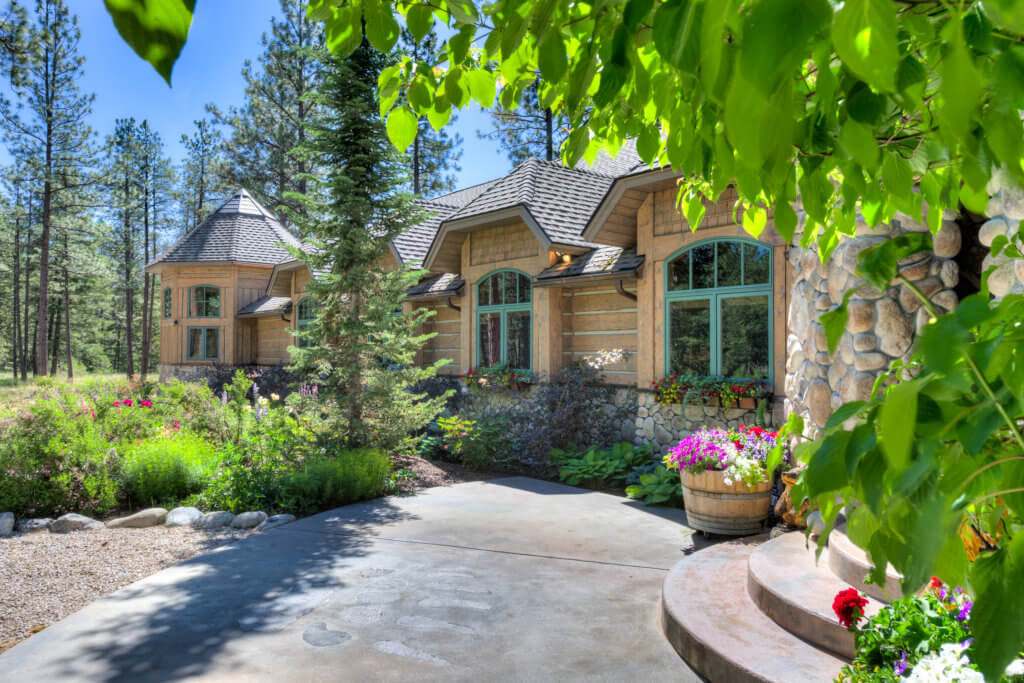

Frank Lloyd Wright often said a building should be “of the site,” and this ethos was further promoted by his pupil and my own mentor, E. Fay Jones. In all of our architectural projects and designs, I strive for a symbiotic relationship between the site and building with the intention of making both greater.
Most buildings that are constructed today don’t honor their sites or contexts. We are so used to seeing buildings out of harmony with their site that we can forget the site has its own character that can inspire a unique vision for the building or home. Popular “model” homes offer several plans repeated throughout developments with slight color or material changes, each more or less like the next. But every so often you find a building or home that just “feels good” and makes a memorable impression. They may not be large or pretentious. Perhaps they are humble, but something about them resonates with your soul. They create harmony.

At Briggs Architecture, we believe that a building exists in a relationship with the land on which it is built; this is especially true here in western Montana. A wise architect and mentor once said that her designs were completely dependent on the client’s criteria with respect to the site, if the intent was to truly maximize the value of both.
There are no singular solutions, no one size fits all that will work. If given one site and asked to design for two separate parties, two different designs would naturally emerge. Similarly, given one client but two sites in which to plan a design; two very different designs would be produced even though the client had the same needs and values. That is how much influence the site can offer a design.

It’s common for people to have elaborate mental maps of the home they want to create, but many haven’t considered the site it will stand on or how their “dream home” will relate to the site. Just like every client has their own set of values, goals and budget, every site has its own characteristics that should be leveraged for the maximum benefit. Along with the importance of getting to know our clients and understanding their needs we must know their site in order to create that unique and memorable “sense of place” that so many of us desire but so seldom enjoy.
